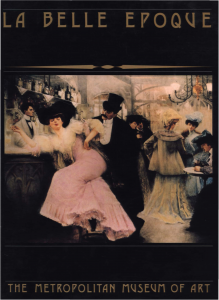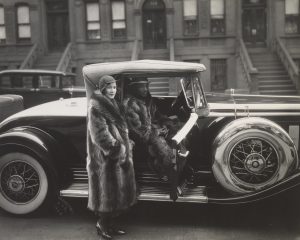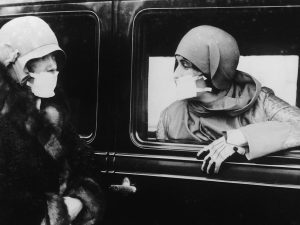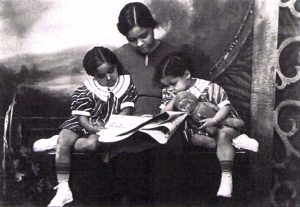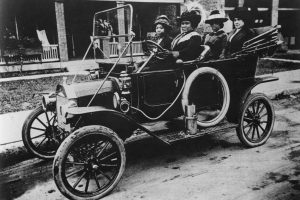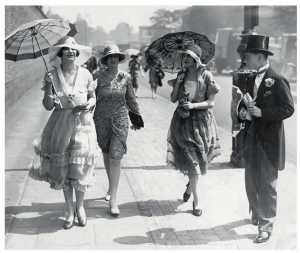
The Time Machine
Bring Out Your Dead
Use photos, paintings and statues to see what long-dead people would've looked like in real life.
The science that brought us this technology is still in its infancy. But the effects give us a remarkable glimpse into the beauty and character that animated these faces in life. For now, the effects are just basic. They can be made to smile and even given some rudimentary expressions. They can even be artificially aged or rejuvenated. For now, it’s enough just to be able to give us a glimpse into the true appearance of people when they were vibrant with life.
AI can also go forward in time. It could become the way we age the images of missing children, or identify human remains
Eventually, this could become the way in which we identify kidnapped children who’ve grown up. We could use AI instead of sketch artists to identify perpetrators of a crime. This could become the method we use to identify a John or Jane Doe murder victim. Instead of sketches or clay renderings, the family could be presented with an animated picture of the reconstructed remains of the deceased, complete with smiles, frowns, and other animated facial expressions.
Bring Out Your Own Dead
These are the apps and websites that were used. If you have photos of family members who’ve passed on, or ancestors you wish you could’ve met, this is your opportunity to see what they really looked like when they were alive. Upload your pictures to these websites using the camera on your phone. Some of these sites even have an app you can use for editing the images. So take a picture of the photo and upload it to the app. The easiest to use is an online website called MyHeritage. So check your app store for the app, and others listed below that will let you bring out your own dead and see them live again for a moment.
AI animation makes it possible for images of people who've been dead for centuries to blink, smile, and express themselves the way they did in life.
Even if all we have is a statue made in someone’s likeness, we can use it to make an approximation of a person’s real appearance. A statue can’t tell us what color a person’s hair and eyes were, but it can give us a great place to start. Even a 500-year-old portrait can be made to give us a realistic approximation of a person’s appearance.
Colorizing gives us a more accurate glimpse of the world the way it looked 100 years ago. Filling in missing video frames makes all the movement look more natural and lifelike.
We may be used to seeing the world in black and white when we look at old film, but green grass and blue sky makes everything feel much more real, especially when it comes to people. Seeing their true hair and eye color, dressed in beautiful, vibrant colors gives a modernity to images that makes them feel like you’re looking at something that happened just yesterday, not 100 years ago.
